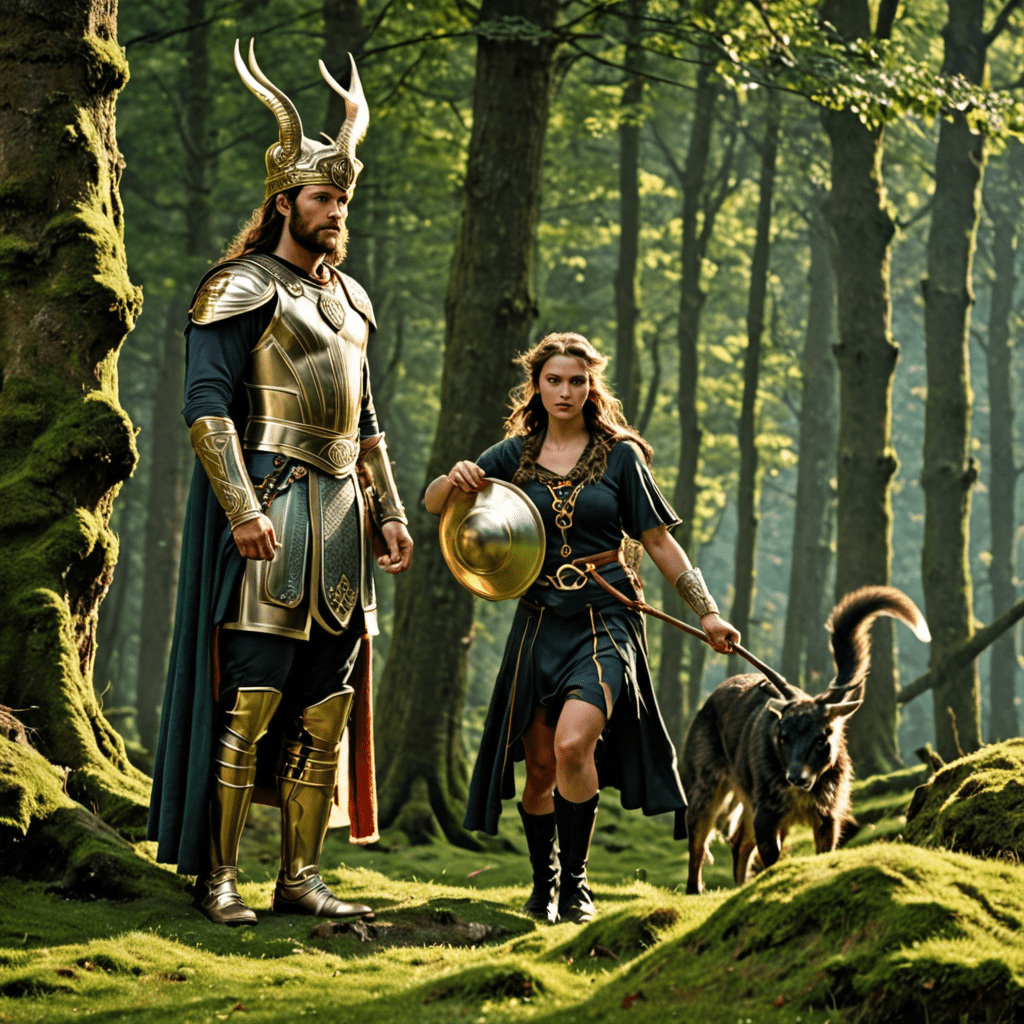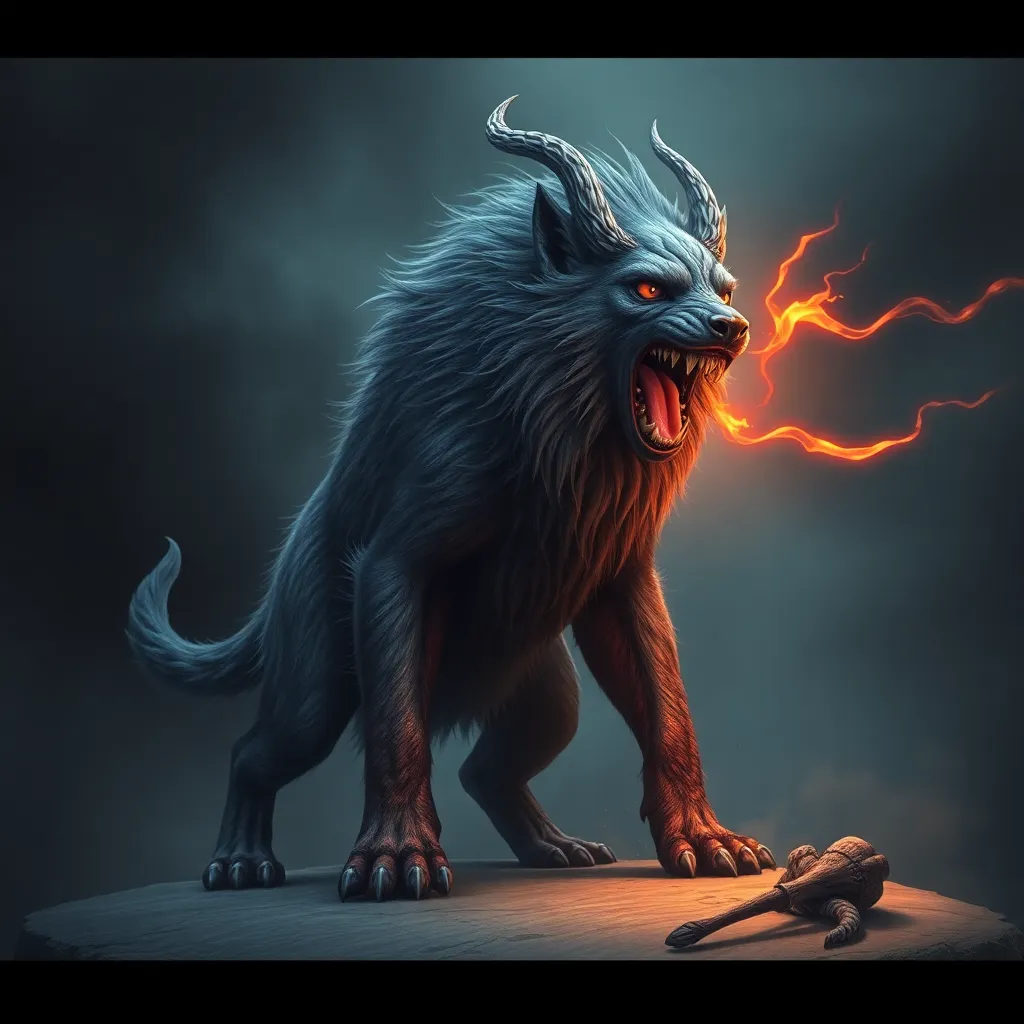The Influence of Manx Mythology on Celtic Traditions
Understanding Manx Mythology
Manx mythology refers to the legends, folklore, and beliefs of the Isle of Man, a small island located in the Irish Sea. This rich and diverse mythology is influenced by Celtic, Norse, and Gaelic cultures due to the island’s historical connections with these peoples. Manx mythology features a variety of mythical creatures, epic tales, and deities that have shaped the cultural identity of the Isle of Man.
Connections to Celtic Traditions
The Isle of Man has deep-rooted connections to Celtic traditions, as the island was inhabited by Celtic-speaking peoples in ancient times. These early Celtic settlers brought with them their own myths, legends, and religious practices, which eventually mingled with the indigenous beliefs of the island. Manx mythology shares several similarities with broader Celtic mythology, such as the reverence for nature, the belief in mystical beings, and a cyclical view of time and life.
Influences on Celtic Culture
Over the centuries, the mythology of the Isle of Man has influenced broader Celtic culture in significant ways. Elements of Manx mythology can be found in Irish, Scottish, and Welsh folklore, demonstrating the interconnectedness of Celtic traditions across different regions. For example, the tales of Manannán mac Lir, the sea deity of Manx mythology, have parallels in Irish mythology with the god Manannán mac Lir. These cross-influences serve to enrich and deepen the tapestry of Celtic myths and legends.
Preserving Manx Mythology
In modern times, efforts are being made to preserve and promote Manx mythology to ensure that this unique cultural heritage is not lost. Various organizations on the Isle of Man focus on recording and sharing traditional stories, songs, and rituals that are part of Manx folklore. By celebrating and preserving Manx mythology, we not only honor the ancestors who shaped these beliefs but also contribute to the continuity and vitality of Celtic traditions as a whole.
Frequently Asked Questions about the Influence of Manx Mythology on Celtic Traditions
What is Manx Mythology?
Manx mythology refers to the collection of legends, stories, and beliefs from the Isle of Man, an island situated in the Irish Sea. It includes tales of mythical creatures, gods, and heroes that form an essential part of the island’s cultural heritage.
How does Manx Mythology influence Celtic traditions?
Manx mythology significantly influences Celtic traditions due to historical and cultural connections between the Isle of Man and other Celtic regions. Shared themes, deities, and folklore elements are often found in both Manx and broader Celtic mythology, showcasing a mutual influence.
What are some key figures in Manx Mythology that impact Celtic traditions?
Figures like Manannán mac Lir, a sea deity in Manx mythology, are not only significant in Manx culture but also resonate in Celtic traditions. Manannán’s association with the sea, magic, and guardianship of the Otherworld reflects themes present in wider Celtic mythological cycles.



